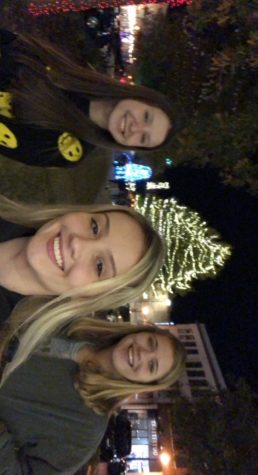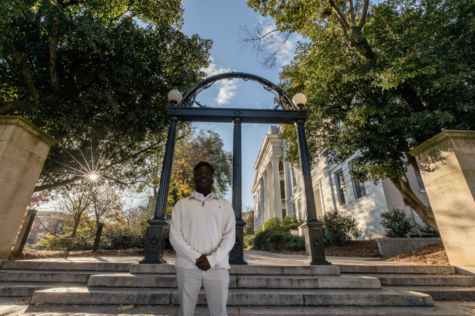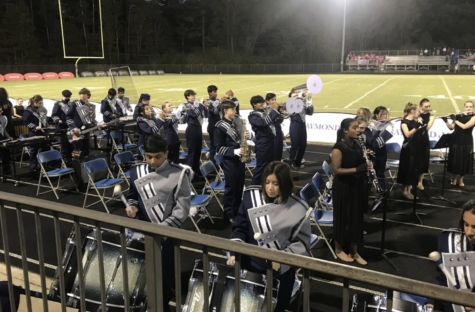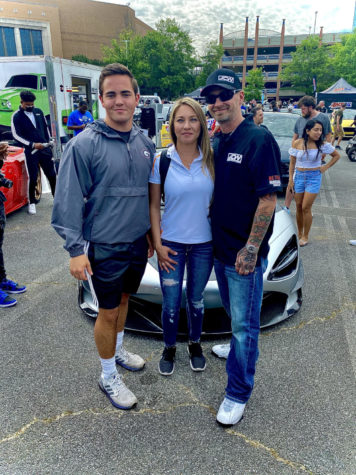Model UN was eye-opening experience

Usually, I would spend my Saturday sleeping late and hanging out with my friends at the mall. But one Saturday a few weeks ago, I was trying to pass a resolution to solve the dangers of nuclear energy and the problems of nuclear weaponry.
I had to get up at 5:30 am on a Thursday to board a plane to the nation’s capital. On the weekend of Feb. 17, I was one of 11 Stratford students who went to Washington D.C. for the annual North American Model United Nations held at Georgetown University. Model UN is an academic team similar to debate.
The competitors emulate an actual UN committee and seek to create and pass resolutions to solve the problems that their specific committee is intended to address. For example, Ruzan Khoja and I were assigned the International Atomic Energy Agency (IAEA), which is a real UN committee formed to address the issues of nuclear safety and promoting nuclear energy programs over nuclear weapons programs.
As in the actual UN, model delegations represent specific countries, at this committee Ruzan and I represented Bolivia in a group of 35 other states participating in the IAEA. This specific IAEA committee was given two topics, the first was to encourage the nonproliferation of nuclear weapons and the safe use of nuclear energy and the second topic was to debate the Iran Nuclear Deal. Our committee elected to discuss the first topic, which took the duration of the four-day conference.
We picked groups to form a resolution paper with, combining different solutions such as alternatives to uranium, a highly volatile material with the capability to be weaponized and stricter rules and regulations for the managing nuclear power plants. We were trying to gain favorable position in the committee by sponsoring multiple papers. Since this committee was only supposed to pass one resolution, we had to decide between supporting the paper that I had been working with or the one that Ruzan had been working with.
Ultimately, we decided to go with Ruzan’s paper since it had more sponsors and therefore a greater chance to be passed. The sponsors on the paper I had been a part had been a pain to work with so I will admit I enjoyed telling them that I would not be able to support their paper at the last minute. By the end of the committee it did not matter however, since per the advice of the chair the groups decided to merge into one paper in order to ensure that all the resolutions would be passed.
In addition to current UN committees, the NAIMUN conference also offers “crisis” committees, which are based on historical congregations formed to address turbulent issues. In these committees delegates represent historical figures, such as European monarchs and military and religious officials in a recreation of the Treaty of Westphalia, a historic agreement signed to resolve the Thirty Years War in 1648.
In these committees delegates can use elements of political intrigue and military and diplomatic maneuvers such as assassinations and coups. Sophomore Sean Malhotra won a verbal commendation for his role representing the Governor of Edo in a recreation of Tokugawa Iesada’s congress of Japanese leaders in response to the arrival of Commodore Matthew Perry in 1853.
Overall, NAIMUN was an eye-opening experience for me, and I intend on staying involved with Model UN.
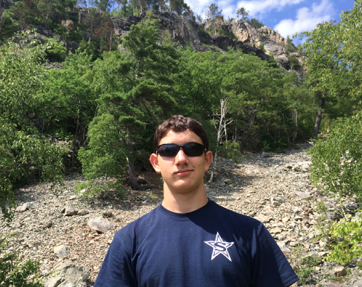
Kieran MacKinnon is a sophomore and this is his first year on the Gazebo. He plays football and soccer. He is on the wrestling and track teams . He also...



